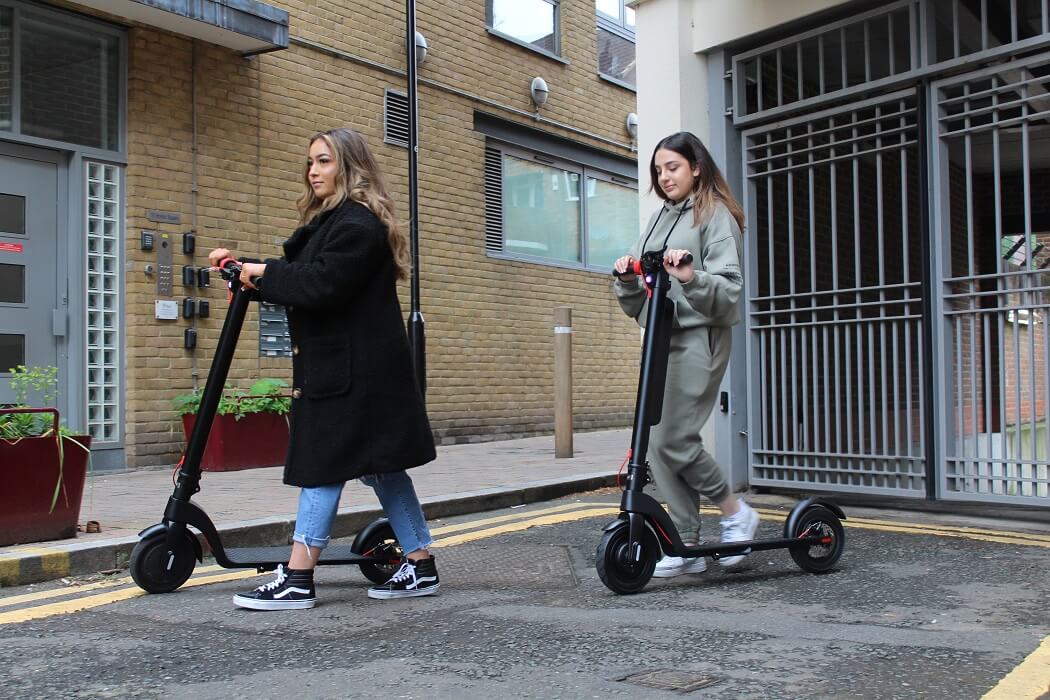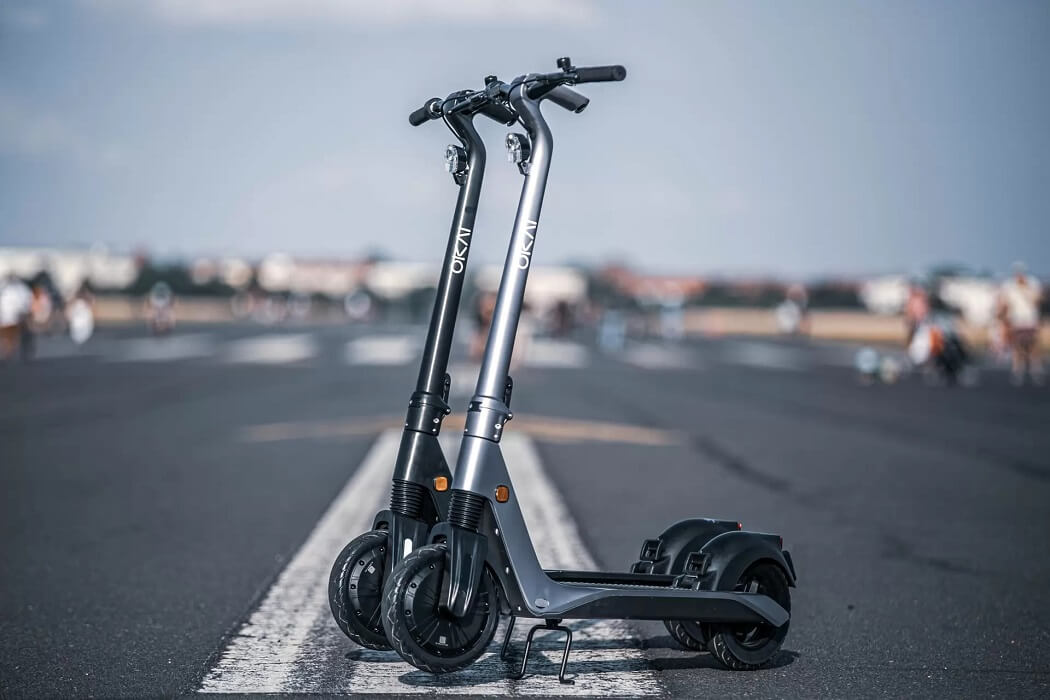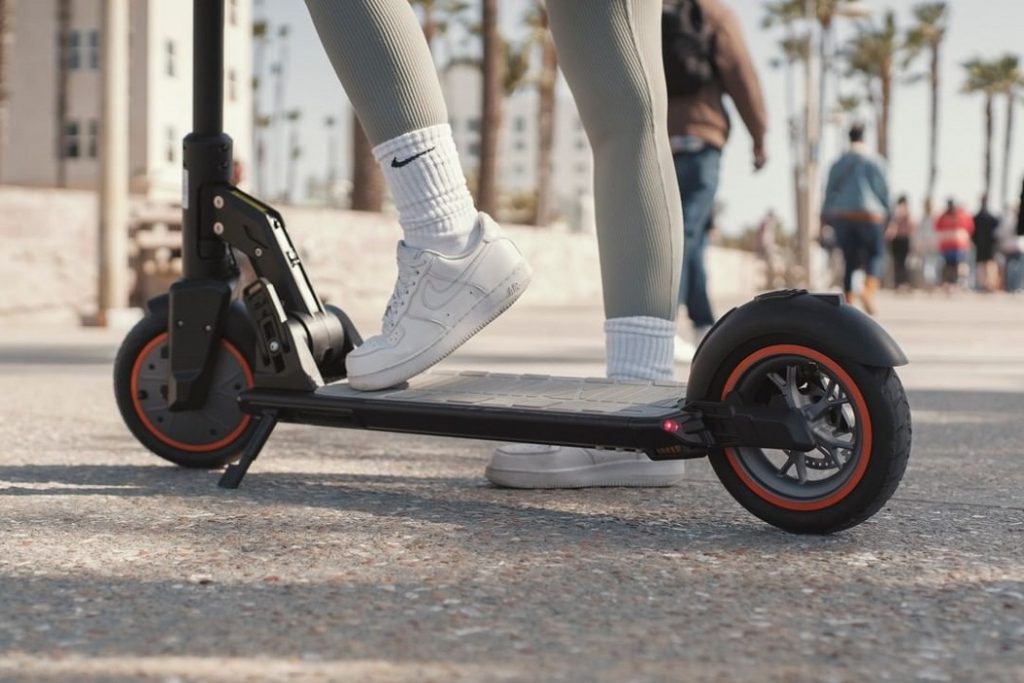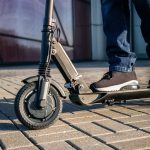Electric scooters have rapidly transformed urban transportation, offering an eco-friendly and convenient way to navigate through bustling city streets. As these two-wheeled wonders continue to gain popularity. It’s important for riders to be well-informed about various aspects, including one crucial factor: weight limits. Just like any mode of transportation, electric scooters come with specific weight restrictions that riders must adhere to for safety and optimal performance.
Fat People on Scooters: The Balancing Act
Why do weight limits matter? Imagine trying to balance on a pair of roller skates that are a few sizes too big or too small – it’s a recipe for disaster. The same principle applies to electric scooters. Manufacturers establish weight limits to ensure that the scooter remains stable, controllable, and safe for both the rider and pedestrians.
Exceeding the recommended weight limit can lead to a variety of issues, such as reduced stability, decreased battery life, compromised braking efficiency, and accelerated wear and tear on the scooter’s components. Moreover, riding an electric scooter beyond its weight capacity can pose a danger to the rider, as control becomes more challenging, increasing the risk of accidents.

Understanding Weight Limit Variations
Electric scooter weight limits can vary significantly based on factors such as the scooter’s design, build quality, motor power, and tire size. On average, most electric scooters have a weight capacity ranging from 220 to 330 pounds (100 to 150 kilograms). However, it’s important to note that this is a general guideline, and riders should always refer to the manufacturer’s specifications for the specific model they are using.
Manufacturers determine weight limits after rigorous testing to ensure optimal performance and safety. Exceeding these limits can lead to accelerated wear on the scooter’s frame and components, which can ultimately compromise the rider’s safety and experience.
The Importance of Riding Within Limits
Riding an electric scooter within its designated weight capacity not only ensures a safer journey but also enhances the longevity of the vehicle. By adhering to weight limits, riders can expect improved battery life, better acceleration, smoother handling, and more effective braking. Moreover, maintaining the scooter within its weight parameters helps avoid unnecessary strain on its internal mechanisms, ultimately saving riders from expensive repairs and replacements.

Tips for Staying Within the Weight Limit
| Tips for the fat person on the scooter | Description |
|---|---|
| Know Your Scooter | Familiarize yourself with the manufacturer’s weight limit for your specific scooter model. |
| Weigh Yourself | Weigh yourself with riding gear to ensure you’re below the scooter’s weight limit. |
| Avoid Overloading | Account for the weight of any additional items you plan to carry, such as bags or backpacks. |
| Regular Maintenance | Follow the manufacturer’s maintenance guidelines to keep the scooter in optimal condition and performance. |
| Consider Your Riding Style | If you encounter challenging terrains or uphill rides frequently, be even more cautious about staying within the weight limit. |
Conclusion
Electric scooters have revolutionized urban transportation, providing a convenient and sustainable way to navigate busy streets. As responsible riders, it’s imperative to understand and respect the weight limits set by manufacturers. By adhering to these limits, you not only ensure your safety but also enhance the performance and longevity of your electric scooter, allowing you to enjoy countless smooth and worry-free rides for years to come.
Top 10 Electric Scooters for Big Guys Video Review
FAQ
Q: What is the weight limit for electric scooters?
A: The weight limit for electric scooters can vary depending on the model and manufacturer. On average, most electric scooters have weight limits ranging from 220 to 330 pounds (100 to 150 kilograms). It’s important to check the specific weight limit provided by the manufacturer for the scooter you’re using.
Q: Why is it important to stay within the weight limit?
A: Staying within the weight limit is crucial for safety and optimal performance. Electric scooters are designed to handle a certain amount of weight, and exceeding this limit can result in reduced stability, compromised braking, decreased battery life, and increased wear and tear on components. It’s essential to adhere to weight limits to ensure a smooth and safe ride.
Q: Can exceeding the weight limit damage the electric scooter?
A: Yes, exceeding the weight limit can lead to accelerated wear and tear on the scooter’s frame, motor, and other components. This can compromise the scooter’s overall performance and longevity, and may even result in the need for costly repairs or replacements.
Q: How do I find out the weight limit for my electric scooter?
A: The weight limit for your electric scooter should be specified in the scooter’s user manual or on the manufacturer’s website. It’s important to refer to the official sources provided by the manufacturer to ensure accuracy.
Q: What happens if I ride an electric scooter beyond its weight limit?
A: Riding an electric scooter beyond its weight limit can make it more difficult to control, leading to stability issues and an increased risk of accidents. Additionally, the scooter’s battery life may be significantly reduced, and the braking system might not function as effectively, putting both the rider and pedestrians in danger.
Q: How can I ensure that I'm within the weight limit when riding?
A: To ensure you’re within the weight limit when riding, you should weigh yourself while wearing the clothes and gear you’ll have on during your ride. Consider any additional items you plan to carry, such as bags or backpacks, and factor in their weight as well.
Q: Can I modify my electric scooter to increase the weight limit?
A: Modifying an electric scooter to increase the weight limit is not recommended. Manufacturers design scooters with specific weight limits based on structural and mechanical considerations. Modifying the scooter can compromise its safety, performance, and durability.
Q: Are there any exceptions to the weight limit for electric scooters?
A: In general, it’s best to strictly adhere to the weight limits specified by the manufacturer. Exceptions may not be safe and can lead to unwanted consequences. If you believe you might exceed the weight limit, consider investing in a scooter model with a higher weight capacity.
Q: Is the weight limit the same for all electric scooter models?
A: No, the weight limit can vary between different electric scooter models. Factors such as motor power, tire size, build quality, and design contribute to variations in weight limits. Always refer to the manufacturer’s specifications for the specific model you’re using.
Q: How does exceeding the weight limit affect battery life?
A: Exceeding the weight limit can put additional strain on the scooter’s motor and battery. This strain can result in faster depletion of the battery, reducing the distance you can travel on a single charge. Staying within the weight limit helps maintain the scooter’s intended battery life.










